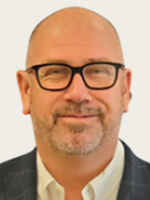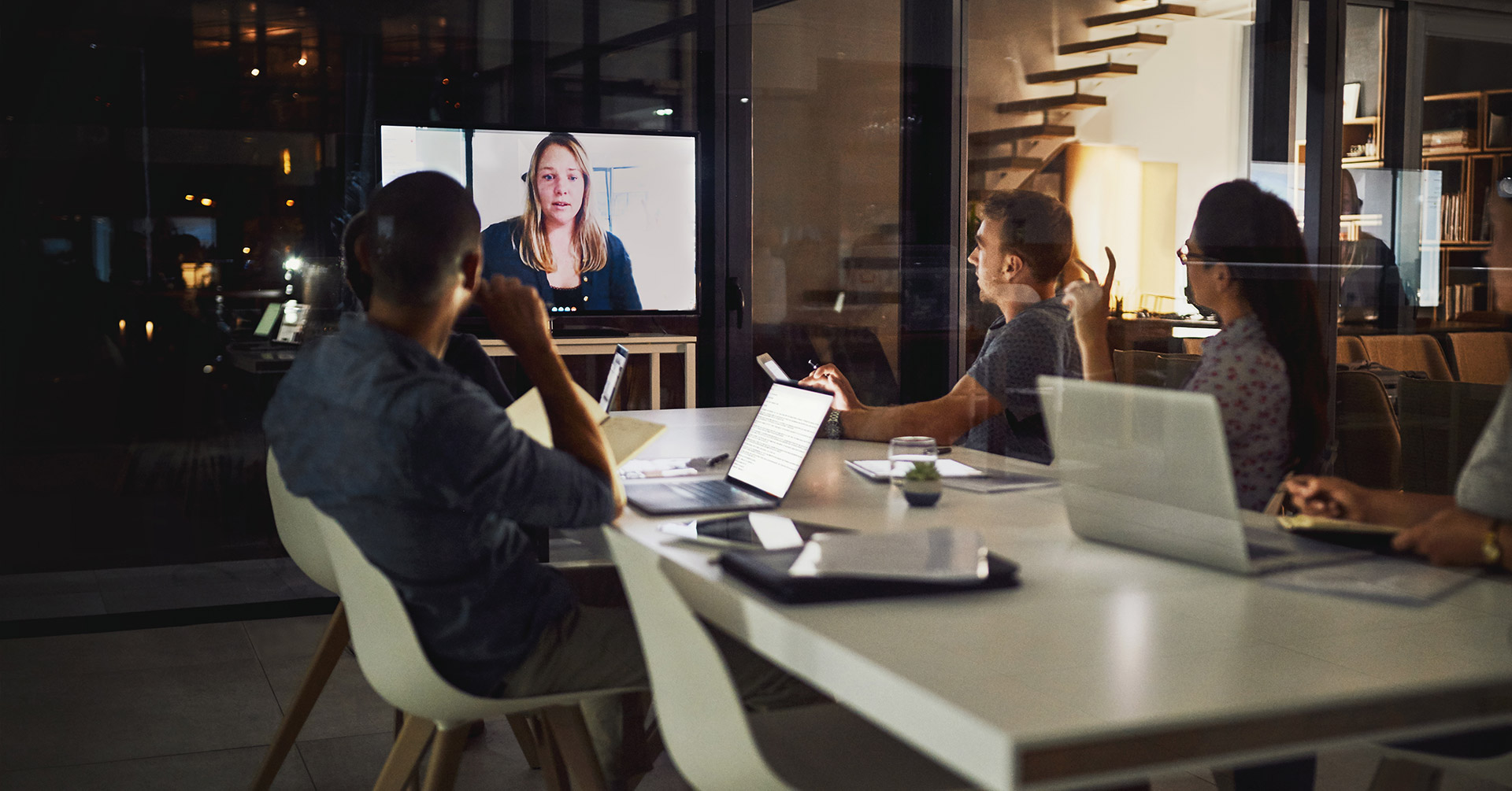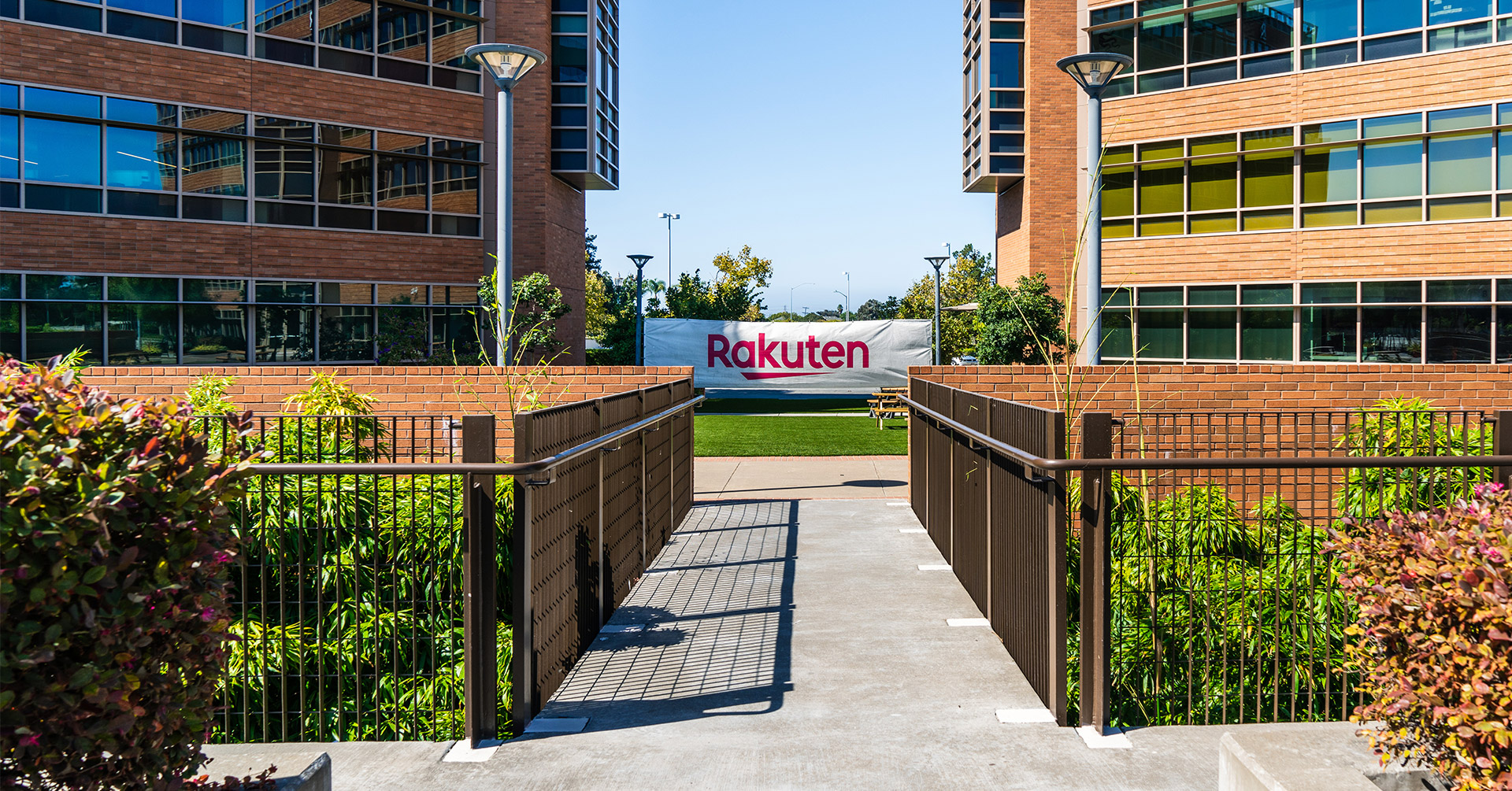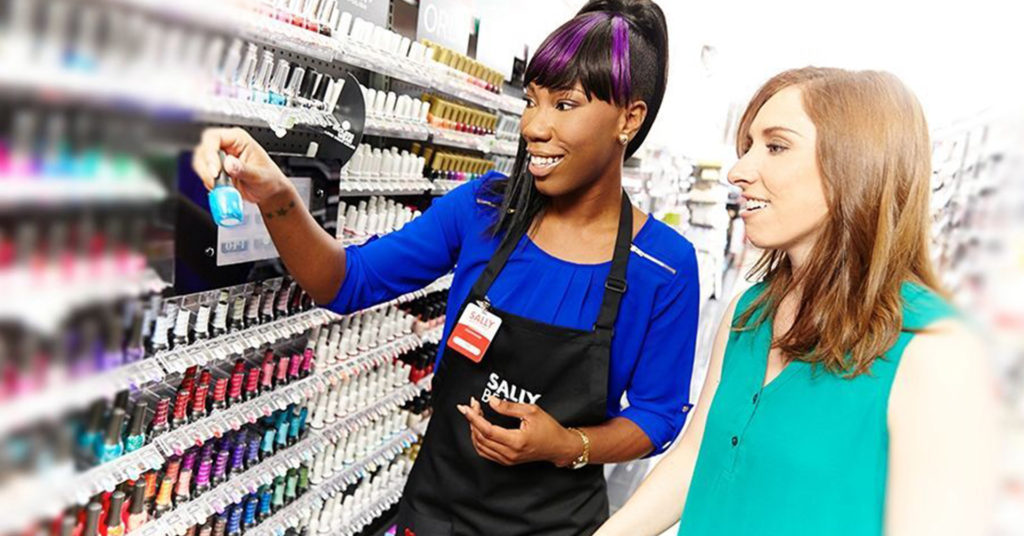
How Sally Beauty Minimizes Loss & Protects Lone Workers
Jim Mires, Vice President of Loss Prevention and Safety at Sally Beauty, shares how his team protects lone workers and achieves alignment on the company’s safety culture from the top down.
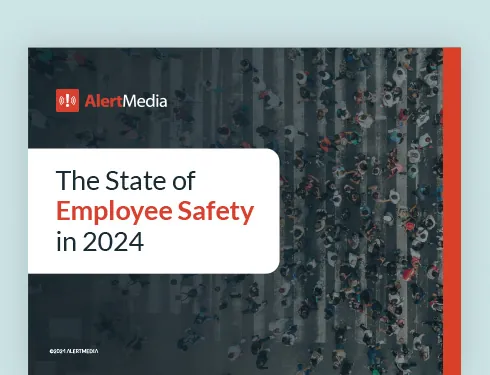
Loss prevention in the retail industry is more complicated than ever. LP professionals must constantly peek around the corner to identify potential disruptions to their business and mitigate the associated risks. That means implementing an asset protection plan that prioritizes employee safety before anything. This is the case at Sally Beauty, and it isn’t just lip service.
In a recent episode of The Employee Safety Podcast, Jim Mires, Vice President of Loss Prevention and Safety at Sally Beauty, shares the steps his team takes to protect an increasing number of lone workers, partner with industry peers to solve problems and achieve alignment on the company’s safety culture from the top down.
Sally Beauty Holdings, Inc., through its affiliates, is the world’s largest distributor of professional beauty supplies. Jim Mires’ career has oscillated between Operations and Loss Prevention. And with over 30 years of experience in the retail industry, Mires is the former Vice President of Loss Prevention at DSW and has held loss prevention positions with Pottery Barn, Gap/Old Navy, and Six Flags Theme Parks.
You can listen to the full episode below.
Q&A With Jim Mires, Vice President of Loss Prevention and Safety at Sally Beauty
Sally Beauty has grown into a massive organization. Can you start by telling us a little bit about the makeup of the company and your role there?
We have approximately 5,000 stores in North America. We have stores in Europe, and we’re in limited partnerships with companies as well. We have two primary parts of our stores—we have Sally Beauty stores, and we have another faction of our company called CosmoProf, where licensed beauticians and cosmetologists can shop for the needs of their business, booth, or chair. We also have a strong eCommerce business, so it’s been fun just in my three and a half years of being here to see how much we’ve grown as a company. We’ve got amazing stores across the nation with committed employees that care and have a passion for the beauty industry that is evident every single day in our stores.
“"You always have to look around that corner for what could be a pending threat to your business."”Jim Mires Vice President of Loss Prevention and Safety at Sally Beauty
What are some of your mitigation strategies for disruptions, including everything from natural disasters and civil disruptions to protecting lone workers?
We’ve been paying a lot of attention to the wildfires happening in California. It’s important for us to know how close those fires are to our stores and which associates may be impacted. We’ve been able to see fires from the front doors of some of our locations before, so it’s critical that we stay in touch with local leadership to provide any support that they may need. We had stores impacted by civil disruption a couple of years ago and worked with law enforcement to monitor those locations overnight through our remote CCTV systems. This allowed us to contact our store managers and say, “You can’t go to your store tomorrow morning. It’s not safe. We’re going to work to get you back in there, but right now is not the time.” Giving our team that peace of mind knowing we have their back is key.
When the pandemic hit, like most retailers, we developed a COVID playbook. This included guidelines for our stores on social distancing and creating consistency and sustainability across our organization. We did the same thing with civil unrest. We had a team that met daily to talk about what we were experiencing and how to respond to the impacted stores. We’ve also experienced active shooters, not in our stores but nearby, and implemented protocols for our associates to be safe and lock down the right way. It is as complicated of a business today as it’s ever been, so you always have to look around that corner for what could be a pending threat to your business.
How does communication tie into your role at Sally Beauty? What aspects of communication do you value most?
Effective communication is about speed, accuracy, and knowledge. Information isn’t good if it comes fast, but it’s inaccurate. I validate the information I get with peers in the industry, so we can help each other to a certain degree. Most of our stores are in centers with a couple of specific retailers, and we communicate quite consistently about what I’m seeing in my stores that could be adversely affecting their stores, and they’ll communicate with me as well. It is so important that you have to have that network out there of people that you can rely on because you can’t have eyes everywhere, but between four or five of you, you might. It’s one of the things I love about our industry—it’s not an ‘us’ versus ‘them’ mentality. When we need to come together, we certainly do as an industry, and it’s perfect.
What is most important to you when it comes to employee safety, both from your individual perspective as a safety leader and within the culture at Sally Beauty?
I’ve told people this story a lot. My 17-year-old daughter got a part-time job this past year and it was her first job, and I was happy for her, but being in this industry for a long time, the dad in me was nervous. It was a safe place, don’t get me wrong, but it makes me hope somebody is paying attention to my 17-year-old daughter in that company, and I have the same obligation with our associates. Every employee is somebody’s daughter, somebody’s spouse, or somebody’s brother, so I don’t take that responsibility lightly. Associate safety is the first and foremost thing on my mind every single day. That’s one reason why we rolled up the lone worker safety device—to keep our associates safe.
Do you have any takeaways that could help our listeners improve safety or loss prevention at their own organizations?
Take your teams along on the journey with you. Don’t be hidden in what your agenda is. Be very overt about it because your people are going to want to get on that train, especially as it relates to safety and protecting assets.
Don’t be afraid to take risks on people. It’s amazing how some people will rise up when you challenge them to do things differently. I love taking people into loss prevention from other parts of the business because they learn they look at things differently than traditional loss prevention professionals would, and it can be a great thing. The most important thing to remember is that you’re dealing with people, so treat people well and give them the opportunity to be successful.

